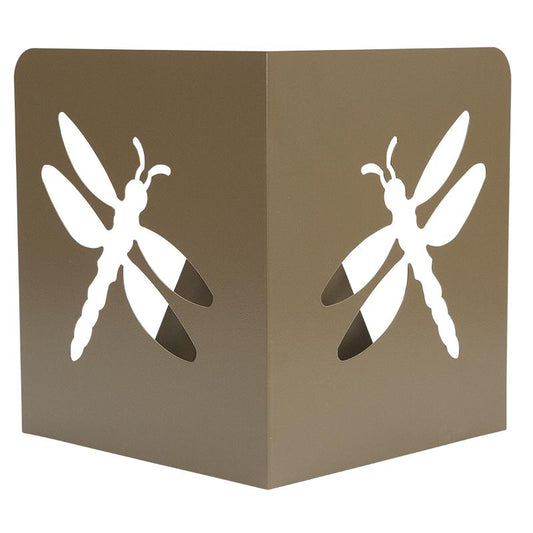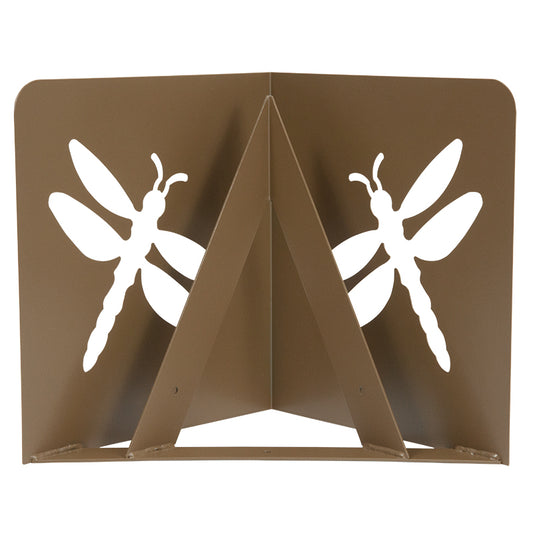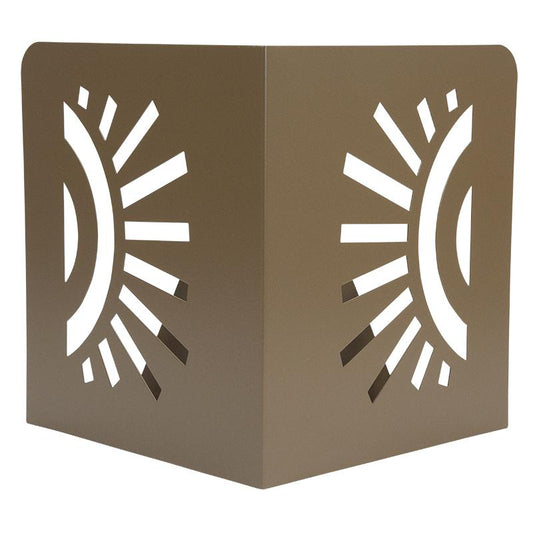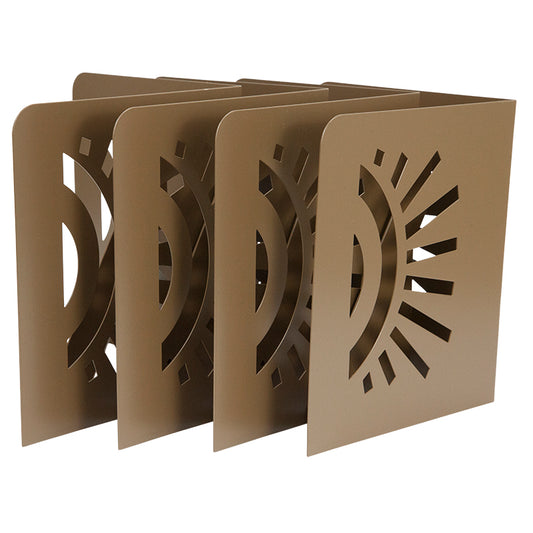How to Design a Raised Bed
Raised beds are useful for lots of gardening situations: they’re easier to reach, can reduce some pest problems, and are good for depleted or rocky soils (or driveways or patios) where regular garden beds cannot be established. A well-constructed raised bed can bring you years of gardening pleasure. Ready to plan your raised beds? It’s as easy as 1, 2, 3!
Step 1: Select a location
Your raised bed has similar requirements as a standard garden. Raised beds can be home to flowers, veggies, and even trees. They can be temporary for your summer vegetables, or a permanent part of the landscaping. Consider your available sunlight, water supply, overall yard design, and regular walking paths. Since the “wild look” does not suit most raised bed designs, it is best to locate your bed where you will be easily able to care for it.
Step 2: Choose your building materials
The primary consideration when designing your raised bed is its walls: for most gardens, you’ll want to build them to last as long as possible. Stone garden box kits are durable and strong. Wood or wood-alternatives (check out your local hardware store for FSC certified lumber and recycled plastic “lumber”) can be easily assembled into attractive raised beds with InstaBrace steel corners. If you want to pack up your raised bed when the garden is harvested, Smart Pot Big Bag Beds are a good choice that can be used for several seasons. When designing your raised bed, also consider whether you will be putting anything under or over the garden. Gopher wire installed at the bottom of the bed helps prevent digging pests from tunneling into your garden from below. Landscape weed fabric under the garden may also be useful to keep aggressive roots from making their way into your garden. Plan ahead for whether you will want to suspend shade fabric in the summer heat or floating row covers in the cool seasons. You may also want to use bird netting or lightweight Agribon to keep out birds and bugs. If so, you’ll need to be able to install hoops over your garden to hang the fabric on. Check out our tips on how to build a low tunnel for your raised beds.
Step 3: Decide your bed size
How big you make your raised bed is usually similar to how big you would make a garden bed for length and width. Your raised bed should be narrow enough that you can reach all of it to weed or harvest. Your bed’s exact width and length may be limited by what materials you’ll be using to make your raised bed. The height of your raised bed can be as low as 8 inches, or as high as you can reach. The height you select will depend on your garden needs, such as comfort to work in it and how it looks with your landscaping. There is no “wrong” height, so long as you design your raised beds to give enough room to the plants you grow in them: a tree may need several feet depth, while a veggie garden only needs 8 to 12 inches.





